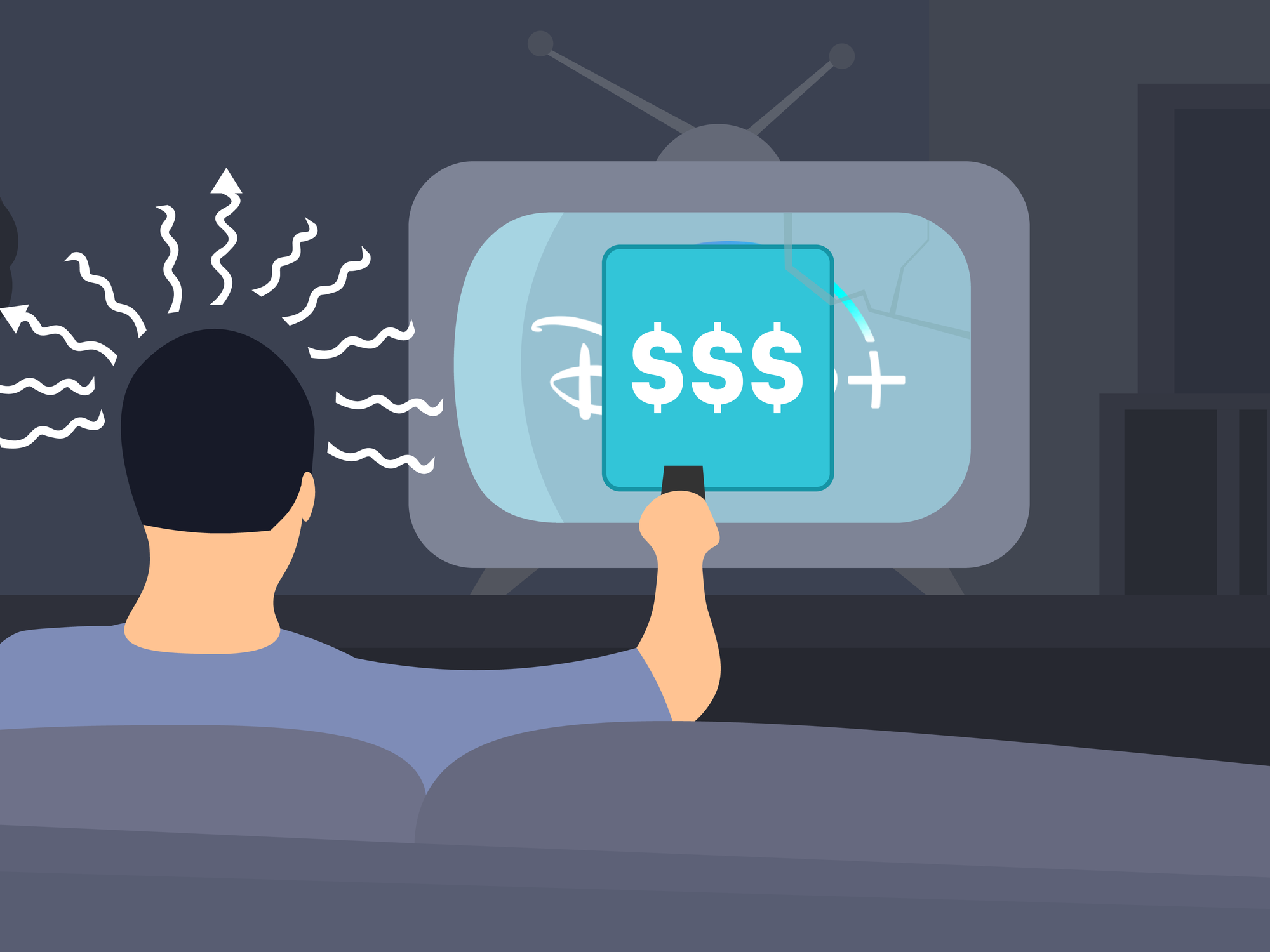Here’s Why Streaming Looks More and More Like Cable

This is the web version of dot.LA’s weekly newsletter. Sign up to get the latest news on Southern California’s tech, startup and venture capital scene.
The original dream of streaming was all of the content you love, easily accessible on your TV or computer at any time, at a reasonable price. Sadly, Hollywood and Silicon Valley have come together over the last decade or so to recognize that this isn’t really economically viable. Instead, the streaming marketplace is slowly transforming into something approximating Cable Television But Online.
It’s very expensive to make the kinds of shows that generate the kind of enthusiasm and excitement from global audiences that drives the growth of streaming platforms. For every international hit like “Squid Game” or “Money Heist,” Netflix produced dozens of other shows whose titles you have definitely forgotten about.
The marketplace for new TV has become so massively competitive, and the streaming landscape so oversaturated, even relatively popular shows with passionate fanbases that generate real enthusiasm and acclaim from critics often struggle to survive. Disney+ canceled Luscasfilm’s “Willow” after just one season this week, despite being based on a hit Ron Howard film and receiving an 83% critics score on Rotten Tomatoes. Amazon dropped the mystery drama “Three Pines” after one season as well this week, which starred Alfred Molina, also received positive reviews, and is based on a popular series of detective novels.
Even the new season of “The Mandalorian” is off to a sluggish start compared to its previous two Disney+ seasons, and Pedro Pascal is basically the most popular person in America right now.
Now that major players like Netflix, Disney+, and WB Discovery’s HBO Max have entered most of the big international markets, and bombarded consumers there with marketing and promotional efforts, onboarding of new subscribers inevitably has slowed. Combine that with inflation and other economic concerns, and you have a recipe for austerity and belt-tightening among the big streamers that’s virtually guaranteed to turn the smorgasbord of Peak TV into a more conservative a la carte offering. Lots of stuff you like, sure, but in smaller portions.
While Netflix once made its famed billion-dollar mega-deals with top-name creators, now it balks when writer/director Nancy Meyers (“It’s Complicated,” “The Holiday”) asks for $150 million to pay her cast of A-list actors. Her latest romantic comedy will likely move over to Warner Bros., which can open the film in theaters and hopefully recoup Scarlett Johansson and Michael Fassbender’s salaries rather than just spending the money and hoping it lingers longer in the public consciousness than “The Gray Man.”
CNET did the math last month and determined that it’s still cheaper to choose a few subscription streaming services like Netflix and Amazon Prime over a conventional cable TV package by an average of about $30 per month (provided you don’t include the cost of internet service itself). But that means picking and choosing your favorite platforms, as once you start adding all the major offerings out there, the prices add up quickly. (And those are just the biggest services from major Hollywood studios and media companies, let alone smaller, more specialized offerings.) Any kind of cable replacement or live TV streaming platform makes the cost essentially comparable to an old-school cable TV package, around $100 a month or more.
So called FAST, or Free Ad-supported Streaming TV services, have become a popular alternative to paid streaming platforms, with Fox’s Tubi making its first-ever appearance on Nielsen’s monthly platform rankings just last month. (It’s now more popular than the first FAST service to appear on the chart, Paramount Global’s Pluto TV.) According to Nielsen, Tubi now accounts for around 1% of all TV viewing in the US, and its model of 24/7 themed channels supported by semi-frequent ad breaks couldn’t resemble cable television anymore if it tried.
Services like Tubi and Pluto stand to benefit significantly from the new streaming paradigm, and not just from fatigued consumers tired of paying for more content. Cast-off shows and films from bigger streamers like HBO Max often find their way to ad-supported platforms, where they can start bringing in revenue for their original studios and producers. The infamous HBO Max shows like “The Nevers” and “Westworld” that WBD controversially pulled from the HBO Max service can now be found on Tubi or The Roku Channel.
HBO Max’s recently-canceled reality dating series “FBoy Island” has also found a new home, but it’s not on any streaming platform. Season 3 will air on TV’s The CW, along with a new spinoff series called (wait for it) “FGirl Island.” So in at least some ways, “30 Rock” was right: technology really IS cyclical.
- Column: As the Streaming Wars Heat Up, Why Are Consumers Losing Out? ›
- Old Guard on High Alert as Streaming and New Tech Storm Upfronts ›
- Paramount Plus Arrives, as List of Streaming Services Grows ›
- Spotify To Officially Shut Down Heardle on May 5th - dot.LA ›
- How the Once Booming World of Cable TV is Quickly Dying Out - dot.LA ›






 Image Source: Perelel
Image Source: Perelel